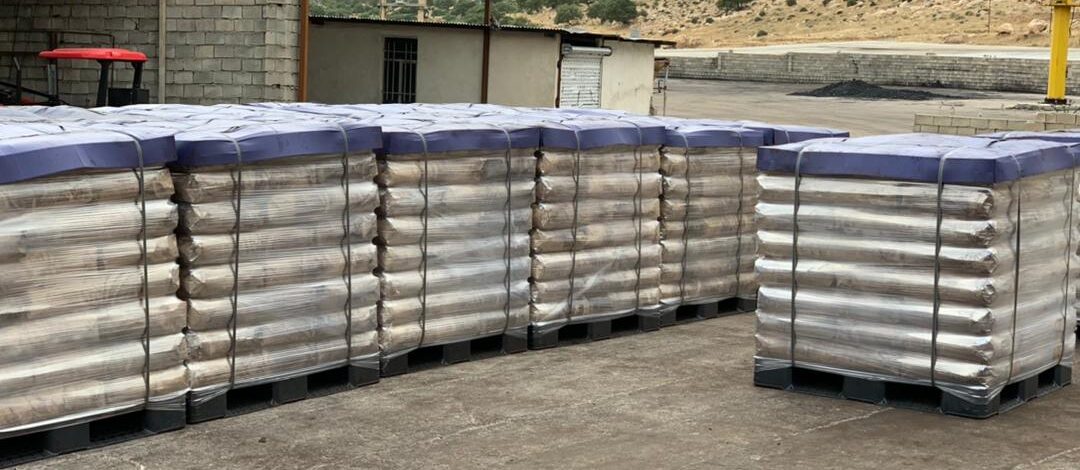A Versatile Mineral for Multiple Applications
Understanding Hematite and Its Industrial Importance
Hematite, an iron oxide mineral (Fe₂O₃), is one of the most abundant and important iron ores in the world. Known for its metallic luster and high iron content, hematite plays a critical role in various industrial applications. Its unique properties make it valuable in industries such as steel production, construction, and even energy storage. Industrial Benefits of Hematite

In this article, we’ll explore the industrial benefits of hematite, highlighting its key roles in different sectors and why it is a preferred material for various applications.
Hematite in Steel Production
High Iron Content for Efficient Steelmaking
One of the most significant industrial uses of hematite is in the production of steel. With an iron content of about 70%, hematite is one of the richest sources of iron ore, making it an ideal raw material for efficient steel production. Steel, in turn, is a critical material used in infrastructure, construction, automotive manufacturing, and other industries.
Hematite is typically processed in blast furnaces, where it is smelted to extract iron. This iron is then used in combination with carbon to produce steel. The high iron content in hematite ensures that steel manufacturers can produce high-quality steel with fewer impurities, reducing energy costs and improving the overall efficiency of the process.
Cost-Effective and Abundant Resource
Hematite is widely available and abundant, making it a cost-effective solution for industrial needs. Its accessibility and ease of mining make it a popular choice for steel manufacturers looking to optimize costs while maintaining high-quality production standards.
Hematite in Construction and Manufacturing
Use in Heavy Construction Materials
Beyond steelmaking, hematite is used in the production of heavy construction materials such as cement and concrete. Its high density makes it ideal for adding strength to construction materials, which is critical in infrastructure projects such as bridges, buildings, and highways. Hematite’s natural durability also makes it resistant to wear and corrosion, extending the lifespan of construction materials.
In addition, hematite is often used in the production of bricks and tiles, where its ability to withstand high temperatures is particularly useful.
Pigment for Paints and Coatings
Another industrial benefit of hematite is its use as a natural pigment. Ground into a fine powder, hematite produces a red or brown color, which is commonly used in paints, coatings, and stains. Its non-toxic and environmentally friendly nature makes it a preferred alternative to synthetic pigments in industrial applications.
Hematite in Energy Storage and Environmental Applications
Hematite in Battery Technology
As the demand for renewable energy grows, hematite has found a place in energy storage systems, particularly in battery technology. Hematite-based electrodes are used in lithium-ion and flow batteries due to their stability, low cost, and availability. Hematite’s ability to store and release energy efficiently makes it a promising material for future battery advancements, particularly in large-scale energy storage applications such as grid storage.
Environmental Benefits of Hematite
Hematite also plays a role in environmental protection and remediation. Its natural ability to remove heavy metals and other contaminants from water has made it a valuable component in water filtration systems. Hematite is used in filters to purify water by adsorbing impurities, making it an eco-friendly solution for industrial water treatment.
Hematite in Oil and Gas Drilling
Weighting Agent for Drilling Fluids
In the oil and gas industry, hematite is commonly used as a weighting agent in drilling fluids (also known as drilling mud). Its high density helps control the pressure in oil wells during drilling operations, preventing blowouts and ensuring smooth drilling processes. The use of hematite in drilling fluids enhances the safety and efficiency of drilling, making it an essential material in the energy sector.

